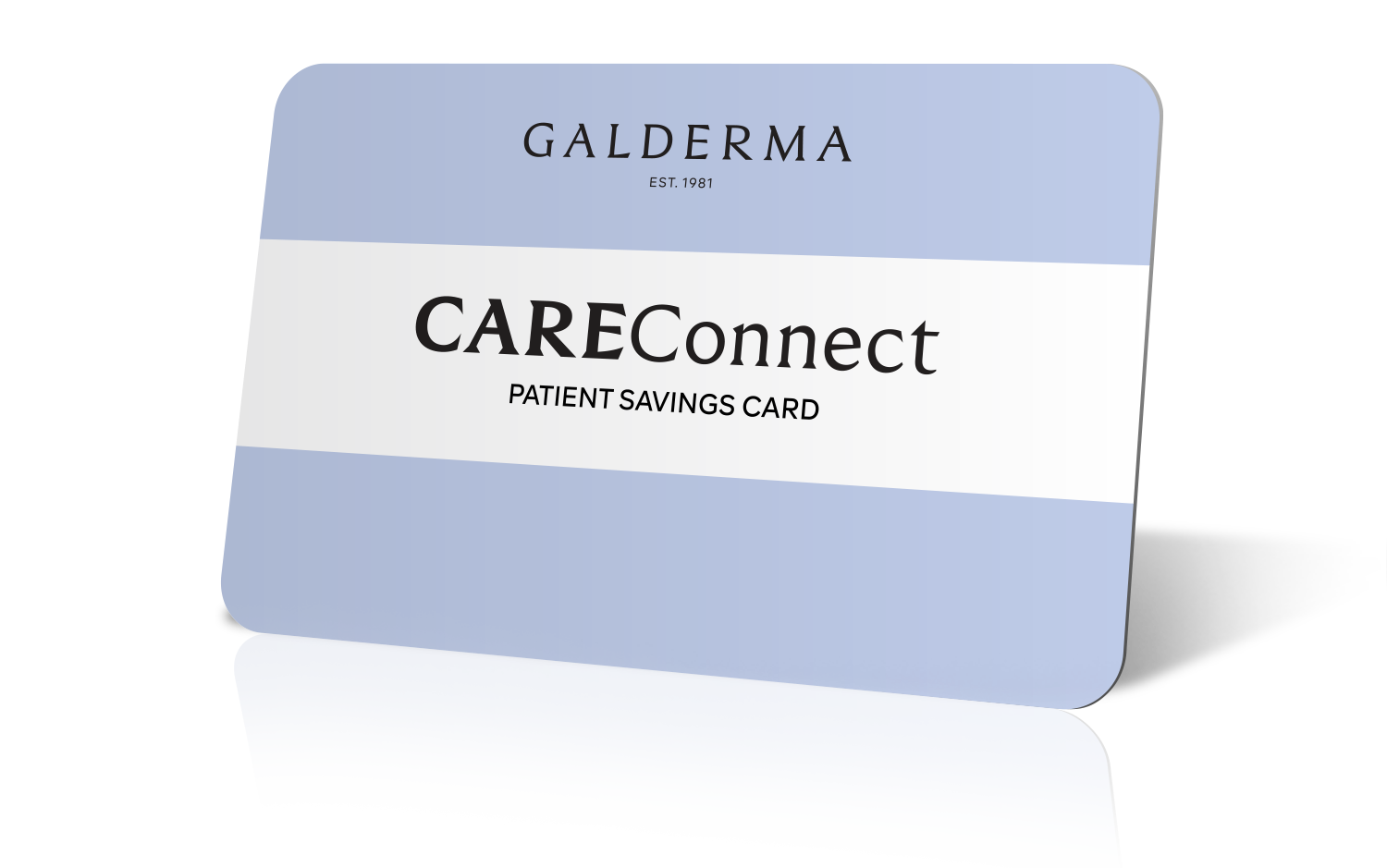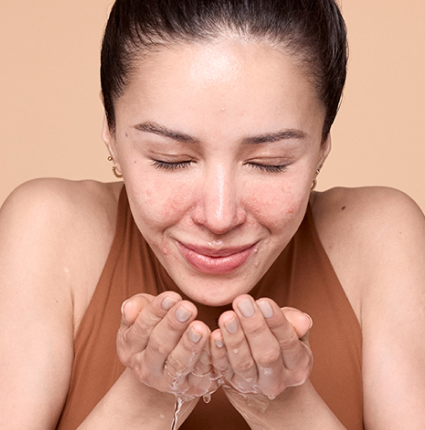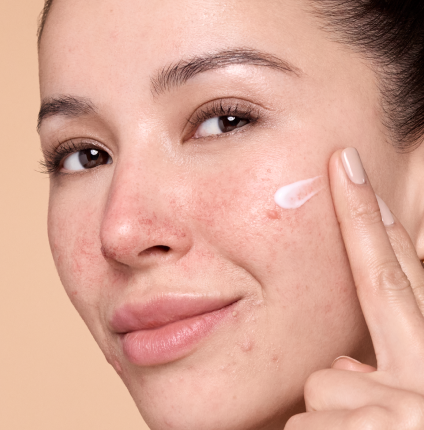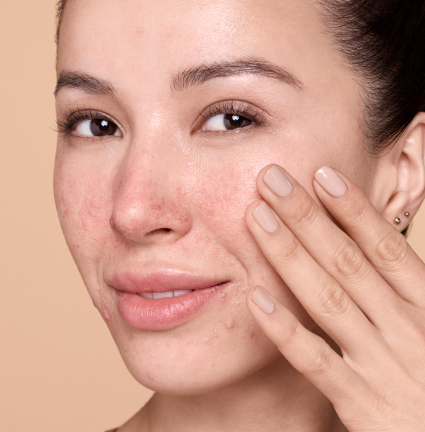
Get patients started toward rosacea relief






-
Tips for using
EPSOLAY cream1 -
Before you use EPSOLAY cream for the first time, prime the pump by pressing down until the first drop of cream is dispensed.
-
Make sure to limit your time in sunlight or artificial light. EPSOLAY cream may make your skin more sensitive to the sun and the light.
-
Your bottle of EPSOLAY cream should be stored at room temperature (68 ℉ to 77℉).
-
Please discard your bottle of EPSOLAY cream 30 days after your first use or by printed expiration date, whichever comes first.
-
Be sure to refill EPSOLAY cream right away, so you can continue to use it after your bottle is finished.
*Certain limitations may apply. Click here for program details.
††The Galderma® CAREConnectTM Program (“Program”) is brought to you by Galderma Laboratories, L.P. (“Galderma”). The Program is only available for commercially unrestricted or commercially restricted/cash paying patients at participating pharmacies. Patients who are enrolled in state or federally government-run or government-sponsored healthcare plan with a pharmacy benefit are not eligible to use the Galderma CAREConnect Patient Savings Card (“Card”). Any claim under the Program must be submitted by participating pharmacies to one of the Administrators of the Program.
The Program is subject to applicable state and federal law and is void where prohibited by law, rule or regulation. In the event a lower cost generic drug that the FDA has designated as a therapeutic equivalent product is available for one of the Galderma products covered by the Program, or if the active ingredient of a Galderma product is available at a lower cost without a prescription, this offer will become void in California and Massachusetts with respect to the Galderma product.
Reference: 1. EPSOLAY (benzoyl peroxide) cream, 5% [Prescribing Information]. Whippany, NJ: Sol-Gel Technologies Ltd.; April 2021.
IMPORTANT SAFETY INFORMATION
Indication: EPSOLAY® (benzoyl peroxide) Cream, 5% is indicated for the treatment of inflammatory lesions of rosacea in adults. Adverse Events: The most common adverse reactions (incidence ≥ 1%) in patients treated with EPSOLAY Cream were pain, erythema (redness), pruritus (itching) and edema (swelling), all at the application site. Warnings/Precautions: Patients using EPSOLAY Cream may experience hypersensitivity reactions, including anaphylaxis (acute allergic reaction), angioedema (rapid swelling), and urticaria (hives). If serious hypersensitivity reaction occurs, discontinue use of EPSOLAY Cream immediately and seek medical attention/initiate appropriate therapy. Skin Irritation/contact dermatitis may be experienced, including erythema (redness), scaling, dryness, and stinging/burning. Irritation and contact dermatitis may occur. Use a moisturizer and discontinue EPSOLAY Cream if symptoms do not improve. Avoid application to cuts, abrasions, eczematous, or sunburned skin. EPSOLAY Cream may increase photosensitivity, sensitivity to ultraviolet light. Minimize or avoid exposure to natural or artificial sunlight (tanning beds or UVA/B treatment). Use sunscreen or protective clothing when sun exposure cannot be avoided. Discontinue use of EPSOLAY Cream at the first evidence of sunburn.
You are encouraged to report negative side effects of prescription drugs to the FDA. Visit www.fda.gov/medwatch or call 1-800-FDA-1088

